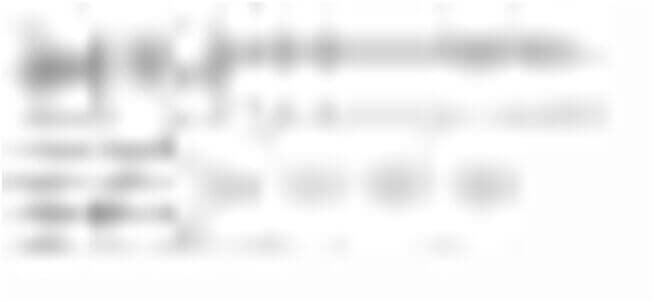

Test_datagen = datagen.flow_from_directory('./input/dog-vs-cat-images-data/dogcat/test1/test1', This is the command that will allow you to generate and get access to batches of data on the fly. Instantiate ImageDataGenerator with required arguments to create an object Use the appropriate flow command (more on this later) depending on how your data is stored on disk.
#Image data generator code
Here is my code where I attempt to import the data using the ImageDataGenerator: #Define datagen:ĭatagen = ImageDataGenerator(rescale=1./255)Ĭat_train_datagen = datagen.flow_from_directory('./input/dog-vs-cat-images-data/dogcat/train/cats',ĭog_train_datagen = datagen.flow_from_directory('./input/dog-vs-cat-images-data/dogcat/train/dogs',Ĭat_valid_datagen = datagen.flow_from_directory('./input/dog-vs-cat-images-data/dogcat/validation/cats',ĭog_valid_datagen = datagen.flow_from_directory('./input/dog-vs-cat-images-data/dogcat/validation/dogs', There are two main steps involved in creating the generator. # For example, running this (by clicking run or pressing Shift+Enter) will list all files under the input directoryįor dirname, _, filenames in os.walk('/kaggle/input'): For this tutorial, we only use a few parameters: width shift: Randomly shift the image left and right by 3 pixels height shift: Randomly shift the image up and. # Input data files are available in the read-only "./input/" directory Now let's add data augmentation We will start by defining our ImageDataGenerator object and specifying the augmentation parameters. Then the 'ImageDataGenerator' will produce 10 images in each iteration of the training. pd.read_csv)įrom sklearn.preprocessing import MinMaxScalerįrom import Sequential#įrom import Activation, Dense, Flatten, BatchNormalization, Conv2D, MaxPool2D#įrom import Adam #įrom import categorical_crossentropy #įrom import ImageDataGenerator #įrom trics import confusion_matrix # For example, if you have 1000 images in your dataset and the batch size is defined as 10. Import pandas as pd # data processing, CSV file I/O (e.g. These are my imports: import numpy as np # linear algebra# The following are 30 code examples of ().You can vote up the ones you like or vote down the ones you don't like, and go to the original project or source file by following the links above each example. In transfer learning, we take a big model that has already been trained for days (even weeks) on a huge dataset, use the low-level features it has learned and fine-tune it to out dataset to obtain a high level of accuracy.I'm trying to add image data to a Kaggle notebook so I can run a convolutional neural network but I'm having trouble doing this via ImageDataGenerator. (The standard Keras ImageDataGenerator module processes batch images then trains.

These are the top rated real world Python examples of keraspreprocessingimage.ImageDataGenerator extracted. Generate batches of tensor image data with real-time data augmentation. Training deep learning neural network models on more data can result in more skillful models. Image data augmentation is a technique that can be used to artificially expand the size of a training dataset by creating modified versions of images in the dataset. Transfer learning is a popular technique, especially while using CNNs for computer vision tasks. Python ImageDataGenerator - 30 examples found. Image Augmentation on the fly using Keras ImageDataGenerator August 11, 2020.
#Image data generator manual
The augmentation takes place in memory, and the generators make it very easy to setup training and testing data, without the need of manual labeling of the images ImageDataGenerator is a powerful tool that can be used for image augmentation and feeding these images into our model. In this post, I explore two of such functions:

Keras is a BIG library, and thus many of it’s useful functions fly under the radar. Moreover, one can upscale the generated image on our website if needing a larger. The generated image would have a 512 x 512 size and a PNG format. Image Data Generators in Keras The data directory should contain one folder per class which has the same name as the class and all the training samples for. The exact time would depend on the number of generated images simultaneously. As an initial experiment, I made a model that differentiates pictures of people from memes, so that they can be labelled or moved to be stored separately (currently working, hopefully there will be a part 2). How Long Does It Take AI To Generate Pictures Usually, it takes around 10 30 seconds to create an image from text. With this project, I want to address a problem that all of us have: too many Whatsapp images and no way to sort them. Keras is a high-level Python API to build Neural networks, which has made life easier for people who want to start building Neural networks all the way to researchers.


 0 kommentar(er)
0 kommentar(er)
